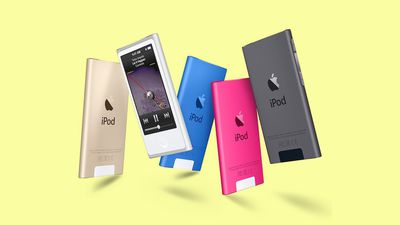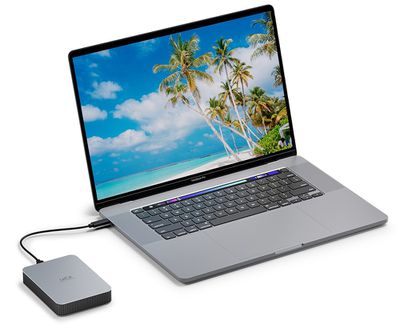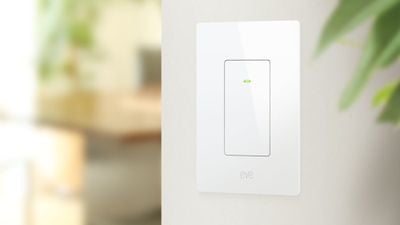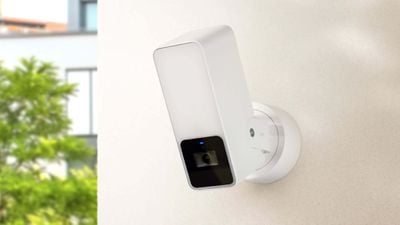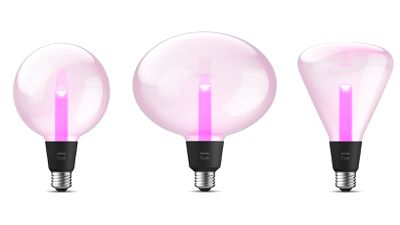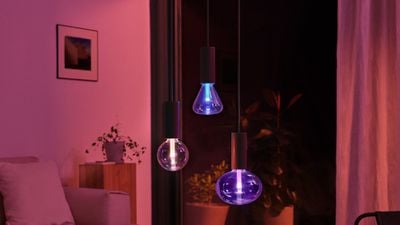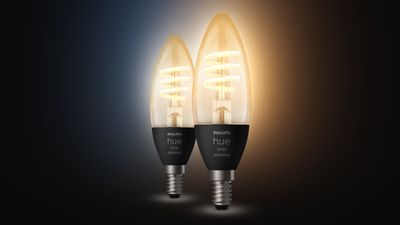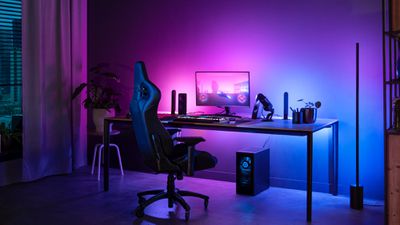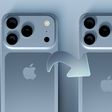Some Apple Studio Display owners have taken to online forums to complain that their monitors make a high-pitched buzzing sound that appears to be emanating from the top of the screen or behind it, and may be being caused by electrical interference.

There are complaints on Twitter, Reddit and the Apple Support Community dating back to June, and more recently on the MacRumors forums, about the issue, which is variously described as an "electrical buzzing" and "constant ringing" that is "loud," "high-pitched," and "very annoying."
Several owners have found that the sound is not fan-related and only happens when a MacBook Pro or iPad is plugged into the Studio Display. Some have also noted that the noise can vary in intensity and pitch depending on the time of day, suggesting an electrical shielding issue may be the cause of the fault.
From Apple Support Community member Ryan Roberts:
"I'm experiencing a very annoying high-pitched buzzing sound with my Studio Display, I've spoken to others on Twitter who also have the problem and I've had Apple support on the case but nothing was resolved.
[...]
"It's not the fans, it's a distinct (and very annoying) sound that emanates from the rear area of the display, roughly where the power supply is positioned.
"I'm 90% certain the display is picking up interference from somewhere and amplifying it, maybe through the house power circuit but I can't be sure. Someone I spoke to believes the PSU is poorly shielded but I have no idea if that's true either."
Some users have suggested the Apple Studio Display picks up interference from electric car chargers. In the case of MacRumors reader Indominus, they tracked the source of the interference back to Lutron Caseta light dimmers that are installed in their house.
"Whenever the dimmer is turned on, the buzzing noise starts coming out from the ASD. The dimmers are not even on the same breaker as my ASD. The only thing I can think of is that the dimmers are creating electrical noise that is propagating to the electrical panel which then propagates to the ASD.
Now it's one thing that the dimmers are creating electrical noise. But it's another thing that only the ASD is reacting to this noise. I don't hear this electrical noise coming out of any other thing in my house. It appears to be an issue with the ASD power supply. Whether it's a problem with the specific display I have or the choice of components in the design of the ASD power supply, I do not know.
MacRumors reader uller6 relayed a similar experience:
"I had the same issue unfortunately. I spent a couple hours on the phone with Apple support/engineering, and we came to the exact same conclusion you did: the ASD is poorly shielded against dirty RF line noise, which is propagated through the power supply to the fan control circuit, producing an audible buzz. In my case running my air conditioning on a different circuit caused the ASD to buzz loudly. I ended up returning my display and have not purchased another."
Other users say they have tried electrical power filters to resolve the issue but to no avail, and some have received one or more replacement units from Apple that were similarly affected.
It's not clear how widespread the issue is, but Apple appears to be aware of the problem affecting some Studio Display owners, although a solution has not yet been found. It's worth noting that this is a separate Studio Display issue to the widespread speaker problem that Apple eventually fixed with a firmware update. Have you found the display to be over-sensitive to electrical interference? Let us know in the comments.


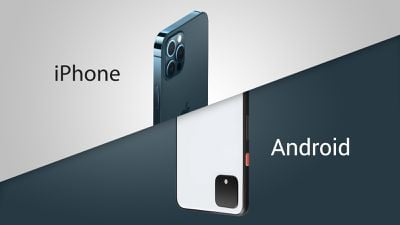
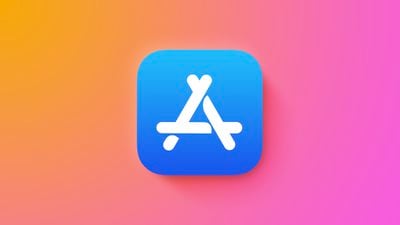
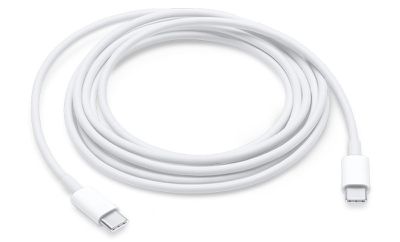
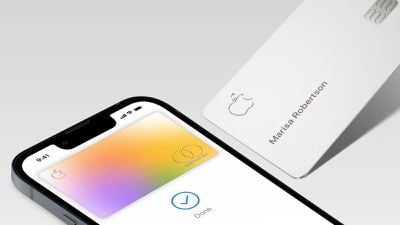

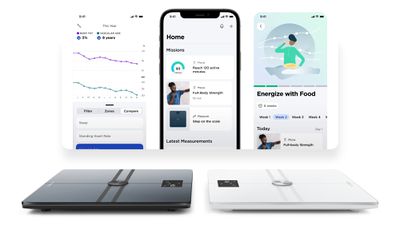
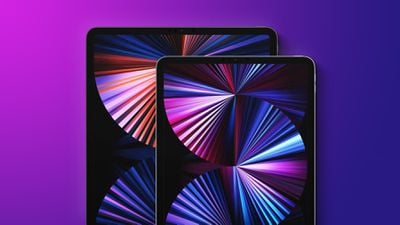
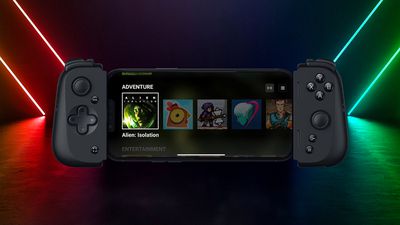
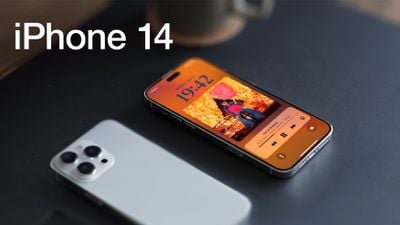
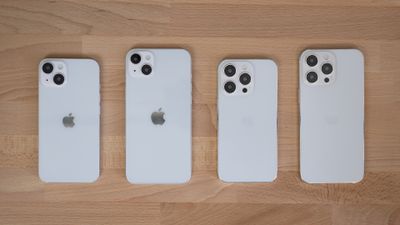
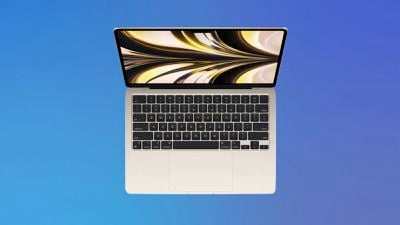 Note: MacRumors is an affiliate partner with Amazon. When you click a link and make a purchase, we may receive a small payment, which helps us keep the site running.
Note: MacRumors is an affiliate partner with Amazon. When you click a link and make a purchase, we may receive a small payment, which helps us keep the site running.

